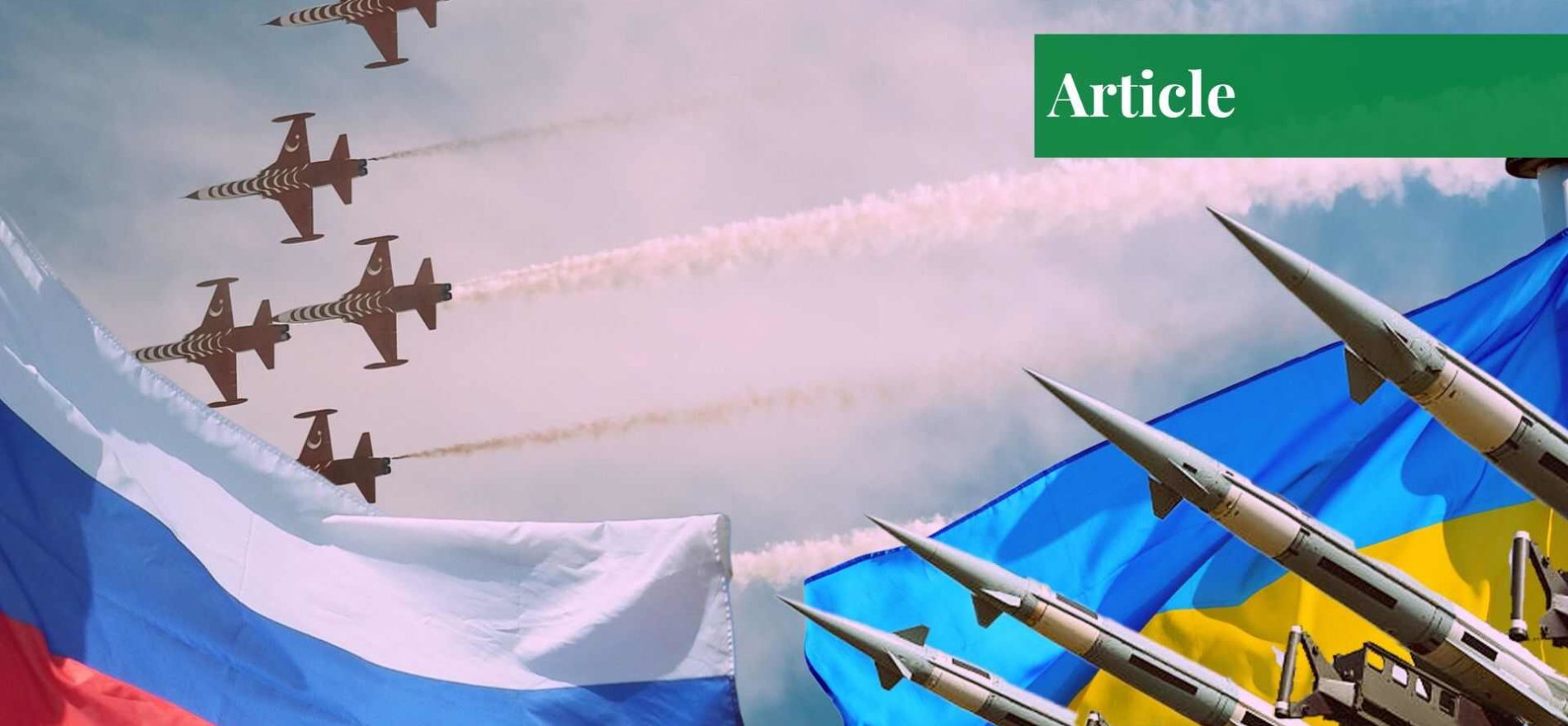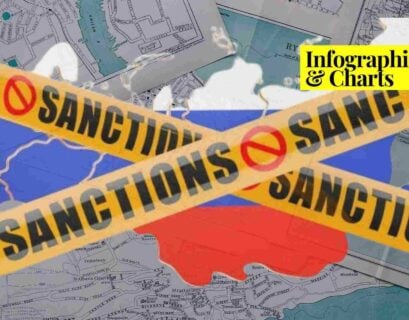Ms Safia Mansoor is pursuing an MPhil in International Relations from Kinnaird College.
Air Power, Air Superiority & Air Denial
William Billy Mitchel, the staunch proponent of air power, delineated it as the potential to do something in the air. It is perhaps the immutable properties of air such as the sheath around the entire surface of the earth, few natural barriers, and vertical depth that render air power pivotal and peculiar attributes. Cover around earth provides range to air vehicles, the indistinct boundary is a source of unparalleled speed, while atmospheric depth enables the elevation which in turn allows the freedom to manoeuvre vertically.
Quintessentially, air power possesses the capacity for mobility, to respond swiftly to altering situations, and perspective-increased awareness in intellectual and physical realms. Various theorists of air power, notably Giulio Douhet, deemed air power integral for ‘command of air’ which implies forestalling adversary from flying and simultaneously maintaining one’s own capability to fly.
However, the command of the air, also synonymous with air superiority, hitherto regarded as an end in itself given its supreme importance in winning a war, proves to be a dangerous illusion due to the employment of the air denial strategies, as evident from the Russia-Ukraine war.
The air denial strategy of Ukraine is predicated on the concept of ‘area denial’ which is to diminish the freedom of manoeuvre when the enemy is present in the area of operation. In air warfare, air denial is grounded on denying air superiority by employing a series of security systems.
Russia’s Attempts to Control the Sky
Before invading Ukraine, the air defence force was deployed by Russia proximal to the region, entailing hundreds of fighter-bombers, advanced fighters and attack aircraft, alongside surface-to-air missiles (SAMs). Special mission aircraft and aviation bombers to dispense ICR-Intelligence, surveillance, reconnaissance and airborne C2-command and control also remained a noticeable addition to Russia’s arsenal.
The use of cruise and ballistic missiles has been the linchpin of the Ukraine war as Russia had carried out nearly 3,654 missile strikes across Ukraine from February 24 to July 21, 2022. The scale and method of harnessing the missile technology suggest the discrete pattern of Russian operations from earlier 21st century wars (such as the second Gulf war) due to a blend of systems used.
The missile strategy of Russia is based on Kalibr cruise launches, Kinzhal hypersonic strikes, Tuchka-M and Iskander ballistic strikes, and the use of Bal and Bastion systems to attack ground targets from coastal areas. Russia launched cruise missiles from the strategically important Caspian sea against the Ukrainian Nizhyn plant, and hypersonic missiles from Crimea’s air space to annihilate the fuel storage facility in Ukraine on March 20th.
Russian forces fired X-22 missiles from strategic aviation aircraft Tu-22M3 and launched ground-to-ground missiles from Tochka-U and Iskander missile systems on the northern front. Moreover, on the southern front, the Bastion missile system launched the Onik missiles. Since the onset of war, air operations have been perpetually carried out through the use of combat aircraft such as Su-30, Su-34, Su-35, and the most spotted one Su-25.
Amongst all these jets, the Su-35 fighter is hailed as one of the most advanced weaponry and is claimed to have shot down Ukrainian S-25, MiG-29, and S-300 missile launchers. Russia has also been using large reconnaissance drones, Kronshtadt, to strike Ukrainian targets.
Additionally, Orlan-10 is the most common drone used by Russia to direct artillery fire, spot targets, and drop small ammunition. More recently, it has begun using Kamikaze drones after receiving the shipments from Iran. In recent years, the Russian air force has modernized itself, thus distinguishing its fleet from Ukraine.
The Strategy of Air Power in the Ukraine War
Drones
The air force of Ukraine is 10 times smaller than Russia’s; however, the former still successfully manages to deny air superiority to the latter. The exceptional performance of the Ukrainian Air force is attributed to opting for the prudent and strategically smarter option of air denial. This strategy has chiefly been materialised due to air power’s democratization manifested through the proliferation of autonomous drones and uncrewed aerial vehicles (UAVs).
Besides keeping an eye on the enemy, drones compassed paramount tasks such as carrying out strikes and acting as decoys. Switchblade Kamikaze drones, supplied by the US, boosted the war efforts of Ukraine as they accomplished dramatic drone strikes against multiple targets, most importantly, the attack on the Novoshakhtinsk oil refinery in Southwestern Russia. Additionally, drones also helped Ukraine to exploit Russia’s weak air defences on Snake Island in the Black Sea which led the latter to withdraw from there.
TB2s
Turkish Bayraktar TB2, Medium Altitude Long Endurance (MALE) UCAVs have played a decisive role in SEAD/DEAD missions, the Suppression and Destruction of Enemy Air Defences. Concurrently, the usage of TB2s for ISTAR tasks (Intelligence, Surveillance, Target Acquisition, and Reconnaissance) has compounded the puissance of Ukrainian forces.
In naval combat, the TB2s remained the primary weapon of choice to oppugn the dominance of Russia in the Black Sea. Ukrainian Navy used TB2s to detect as well as track the Russian cruiser Moskva equipped with an S-300 air defence system, which later sank after getting struck by the Anti-Ship Missile named Neptune.
By acting as a force multiplier, TB2s did not merely boost the conventional weapons of Ukraine but also unlocked space to air power in this war. However, their employment was reduced in face of stronger Russian electronic and air defences in the eastern part of Ukraine.
HARM Missile
Another cutting-edge weaponry which bolstered the aerial attack capability of the Ukrainian military is the specially configured High-Speed Anti-Radiation (HARM) missile that can be fired off Russian-built multirole MiG-29 fighter jets. HARMs have been playing a crucial function in the spectacular Kharkiv counter-offensive alongside attacks in Southern Kherson province.
These air-launched missiles are capable of obliterating air-defence radar and thus can impel operators of radar to flick off the sets and lie low. Resultantly, it enables Ukraine’s air force to have more freedom to fly as well as more capacity to deny it to Russia, regardless of Ukraine’s staggering numerical deficit.
HIMARS
Additionally, the deployment of HIMARS (High Mobility Artillery Rocket System) supplied by the US and having the ability to launch six guided missiles can completely change the direction and momentum of the war.
HIMAR has been used to target Russian ammunition depots and command posts; Ukrainians also used it to intercept Russia’s ingress in Kherson. HIMARs have substantially boosted the precision-strike capability of Ukraine making it capable to hit Russian SAMs, thus preventing the enemy to gain air superiority.
Air Denial Strategy
Firing the missiles and then swiftly leaving the launch site, also known as shoot and scoot tactics, is the key aspect of Ukrainian air denial strategy and these tactics have become a necessity for air defenders due to the usage of counter-battery radar and drones for rapidly pinpointing artillery.
Despite the overwhelming capability and force size of Russian forces, it remained unable to gain air superiority due to a number of reasons. It couldn’t concentrate the impacts of missile and air strikes on vital critical Command and Control nodes and failed to merge non-kinetic effects with kinetic strikes.
Likewise, the SEAD plan of Russia was highly inadequate which was further exacerbated by its powerlessness to consolidate intelligence into air warfare. On top of that, the Russians didn’t have a counter strategy for drones and UAVs, and these UAVs are a fundamental cause of the horrendous toll on the ground forces of Russia.
Evolving Nature of Air Warfare
The air power in the Ukraine war signifies the shifting trends in air warfare. The changing landscape in air warfare highlights the ascendance of denial strategies that have two key dimensions: the offensive one represented by rockets, missile threats, artillery, and drones; and the defensive one epitomized by surface-to-air systems.
The arch drivers of this change include the spread of highly mobile and well-integrated SAM systems, open source intelligence, and drones. Innovative use of low-cost military and commercial networks of the unmanned air system in UAV integrated missions is the most compelling factor, as it supplemented and propelled the intelligence, surveillance, and reconnaissance to the unit level, streamlining Ukrainian military planning, kinetic strikes, and troop movements.
These developments in the Ukraine war foreground the alternative approach to ‘associating air power with the command of air or air superiority’, and that approach is grounded on the immense importance of air denial in air power in the 21st century.
If you want to submit your articles/research papers/book reviews, please check the Submissions page.
The views and opinions expressed in this article/paper are the author’s own and do not necessarily reflect the editorial position of Paradigm Shift.



















